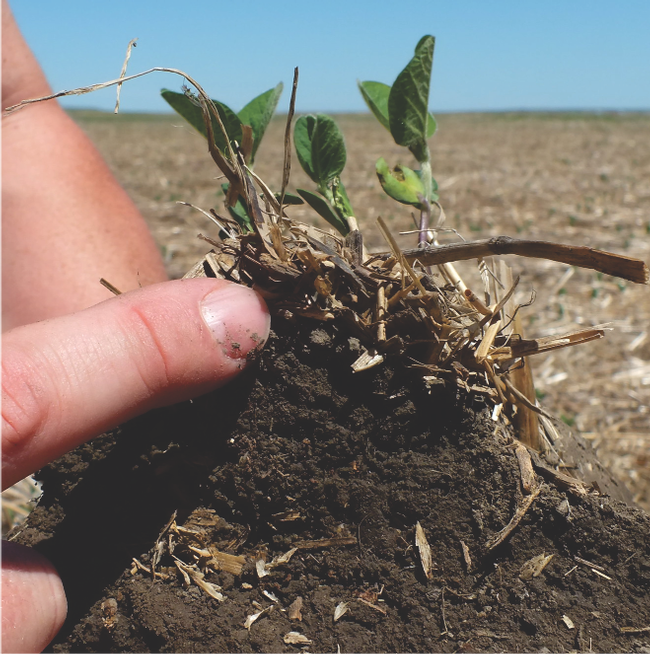Humans have been stripping mother earth of her verdant, life supporting cloak for a long time, but the damage has shot up to a critical stage during recent years. To extend the metaphor further, earth has been stripped so bare that ecological systems are out of balance. Global warming is a reality, extreme weather and climate situations are causing drought, wildfire, increased land/sea temperature differences, wet areas are wetter and dry areas are drier. We need to help mother earth regain her cloak and soil is the fabric of her cloak.
Following are excerpted concepts and information from UC Master Gardeners of Napa County presentation, “Soil is the Solution, healing the earth one yard at a time,” https://www.youtube.com/watch?v=JqA8DqBtRuo . The presentation describes practices we can learn and implement about soil to help slow and ultimately reverse the damage.

Natural processes have been doing this on their own for thousands of years. Increasing soil organic matter is the first practice from the presentation to make healthy soil. Elegantly simple, to increase life in earth's over-tilled and compacted soil we can add compost. Other ways to help add organic material to the soil are using mulching mowers, letting fallen leaves decompose, and implementing a chop and drop system as you groom your garden.
Soil management is key to maintaining healthy aggregated soil. Even one application of compost helps to decrease the carbon level in earth's atmosphere and it creates nutrient-rich humus that is a natural fertilizer. Compost greatly benefits plant growth and water is maintained in the soil longer helping to conserve it. It also adds microscopic organisms that work to aerate the soil, break down organic materials and fight off plant disease and insects. Another benefit is your compostable trash will be kept out the landfill, helping to reduce methane gas.
Regenerating the soil is a natural, inexpensive way to reduce greenhouses gases and is right under our feet. Next up: Use compost, not chemicals.
Master Gardeners are following recommended social distancing guidelines that keep everyone safe, Napa Master Gardeners are available to answer garden questions by email: mastergardeners@countyofnapa.org. or phone at 707-253-4143. Volunteers will get back to you after they research answers to your questions.
Visit our website: napamg.ucanr.edu to find answers to all of your horticultural questions.
Photo credits: USDA NRCS (CC BY-SA 2.0)